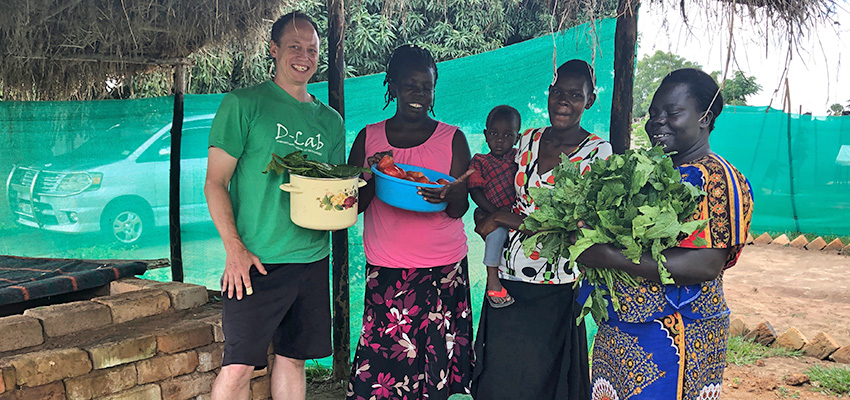
Over the past year, as part of my ongoing work to research and disseminate evaporative cooling technologies in multiple countries, I have been working with community members in Soroti, Uganda to construct evaporative cooling devices using locally available materials.
An evaporative cooling chamber for TEWDI Uganda and AEST
Betty Ikalany, founder of TEWDI Uganda and Appropriate Energy Savings Technologies (AEST), an alternative charcoal briquette and cookstove company, was in need of improved storage for fruits and vegetables for her family and the AEST staff, as well as for her burgeoning new business selling dried fruits at local markets.
When I traveled with students to Soroti in January, during MIT's Independent Activities Period, I suggested that evaporative cooling might provide value for Betty's multiple fruit and vegetable storage needs. She agreed and constructed a brick evaporative cooling chamber using MIT D-Lab’s “Evaporative Cooling Best Practices Guide.” The results are below!
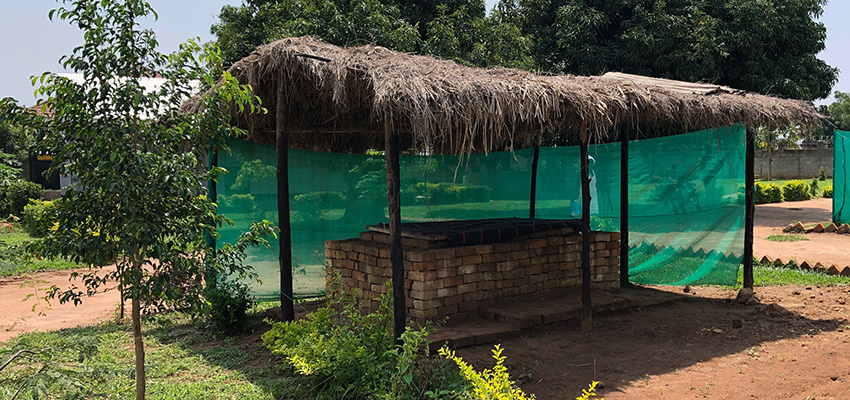

Extending the use of evaporative in the Soroti community with clay pot coolers
This past August, I returned to Soroti and found that Betty was impressed with the improved vegetable shelf life when vegetables are stored in the brick evaporative cooler, and has been encouraging others in her community to build evaporative cooling devices for their own use.
Local community member Grace Avila walks every day 30 minutes each way to the local market to purchase vegetables because many, leafy greens in particular, will spoil within one day. Grace’s neighbor, AEST Production Manager Francis Eteku, helped her assemble a clay pot cooler for her personal use.
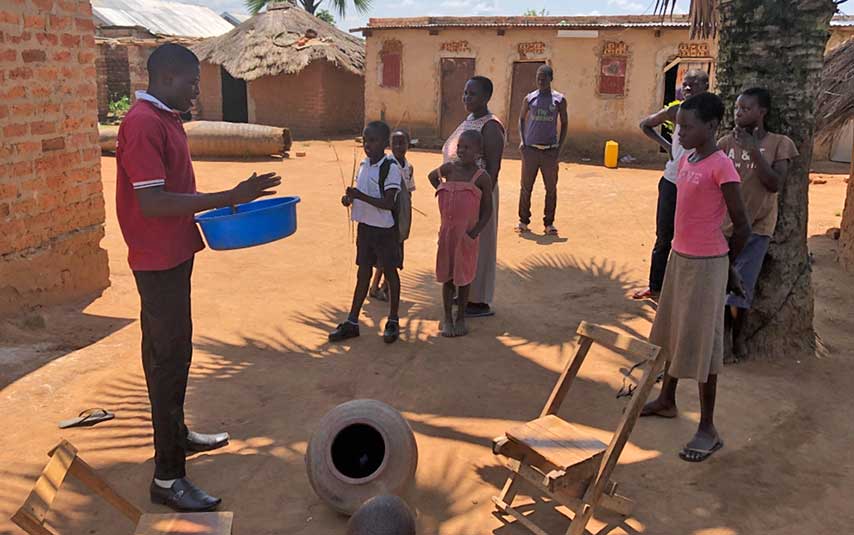
Using items she already had around her house - a clay pot, plastic basin, sand, and a cloth. Grace and Francis were able to assemble her clay pot cooler within 15 minutes.
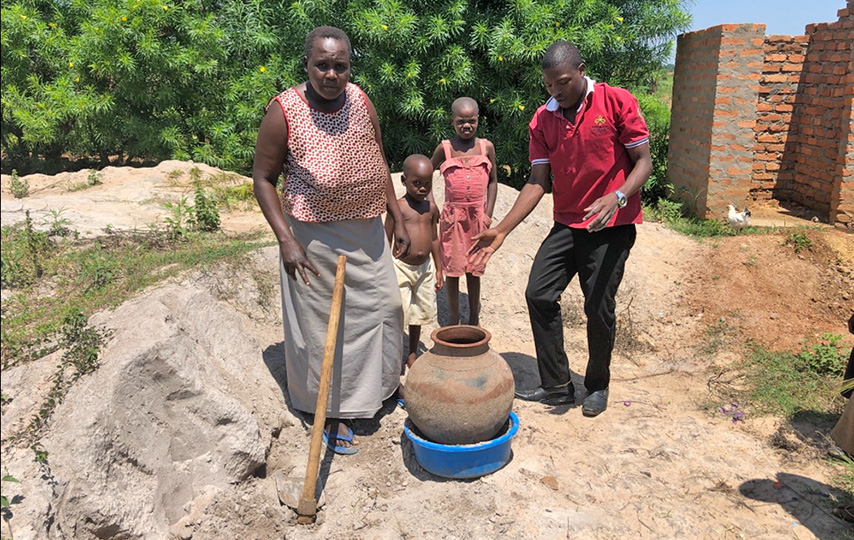
By using her clay pot cooler to store leafy greens and other vegetables, Grace is now able to store her vegetables for more than one day and go to the market less often.
Francis recently commented that “Grace is so amazed after seeing wonders she never expected from the cooler" and she reports that her fruits can be stored for an average of a week and not change in any way, most especially the cabbages and the tomatoes.
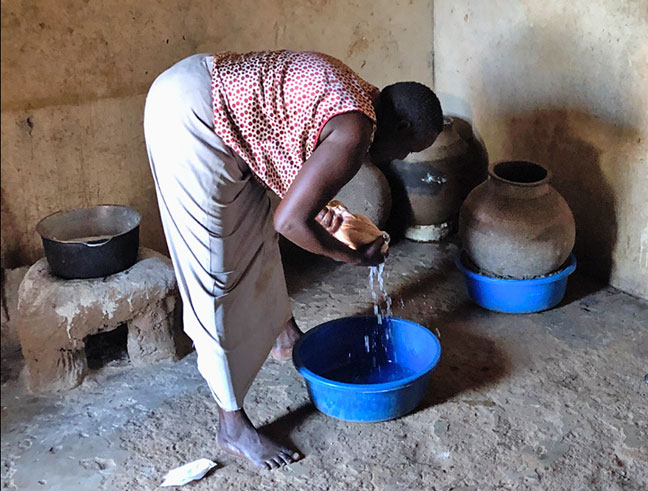
Given the success that Grace has had with her clay pot cooler, D-Lab is working with AEST to develop a training program to further disseminate this technology.
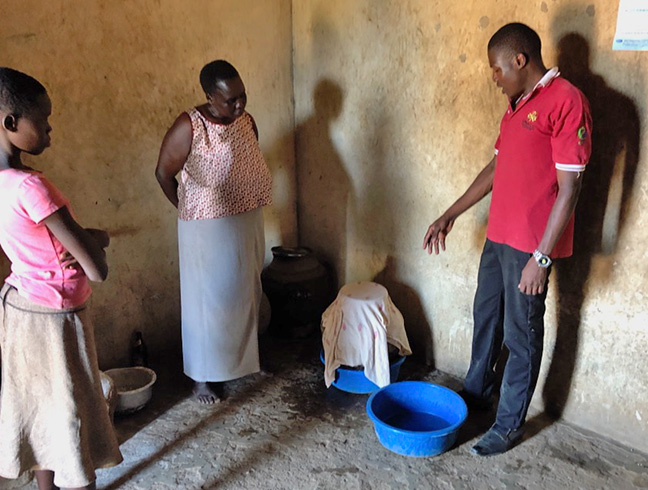
Further Information
MIT D-Lab Evaporative Cooling for Vegetable Preservation
Contact
Eric Verploegen, MIT D-Lab Research Engineer

